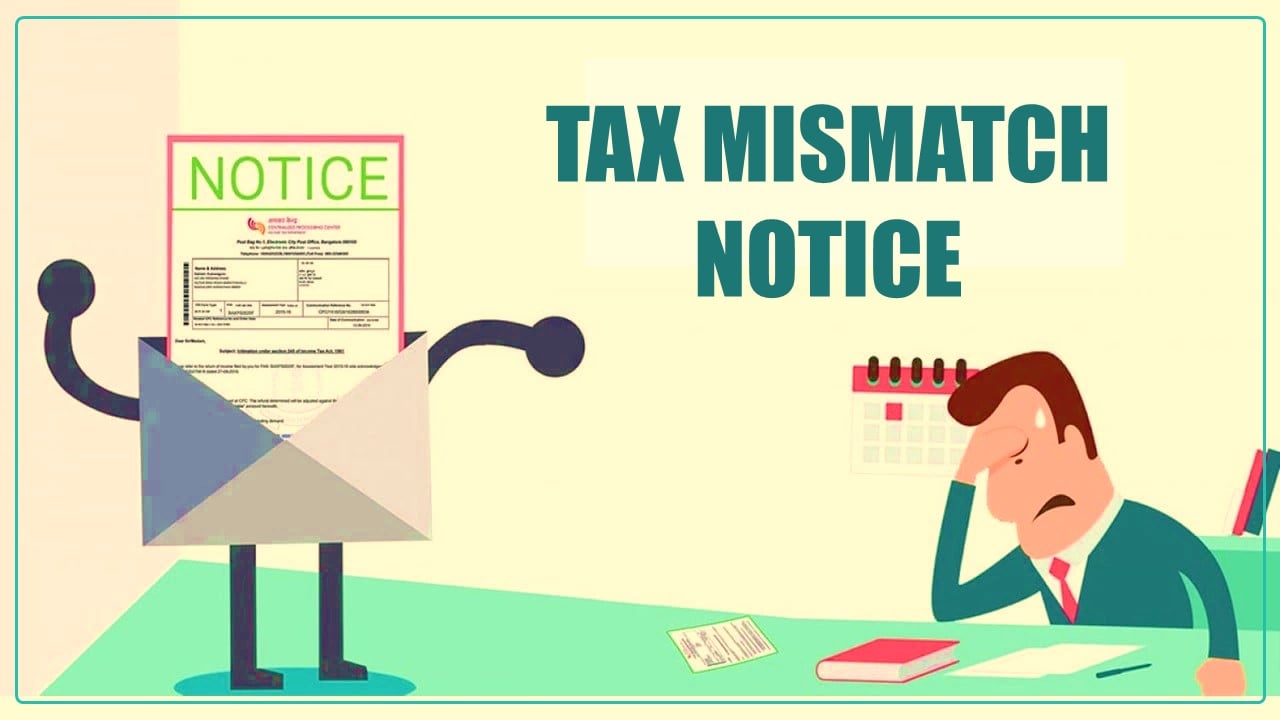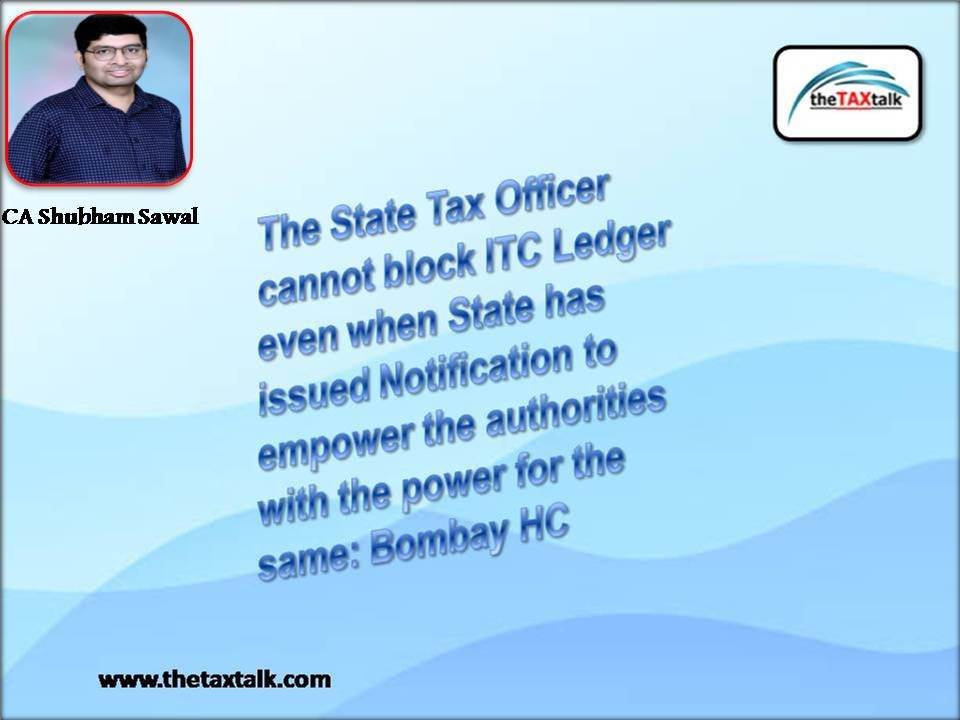Received Tax mismatch Notice, What to do now
The financial year 2023-24 is coming to an end and the deadline for the final installment of advance tax is quickly approaching. In this situation, the Income Tax Department has begun sending emails and SMS to taxpayers who have not paid the mandatory advance tax, depending on the income shown on their records.
This can be a source of stress for taxpayers, particularly when it comes to tax payment, but it does not have to be if handled correctly. Here’s how they can make sure the problem is handled properly.
Understanding of Notice
The Income Tax Department has access to a variety of information regarding transactions carried out by people and entities. These refer to several sources of money that the taxpayer may have earned. Based on these facts, the tax department estimates the taxpayer’s income and takes into account the tax deducted at source as well as the advance tax paid.
If the tax paid is less than the amount due, the taxpayer will be notified via email and SMS of the tax shortage.
This aspect of the procedure must be understood since the taxpayer should be aware of the source of the calculations and notification before taking action.
Incomplete Information
Just because there is an intimation from the Income Tax Department does not imply that everything is proper or that all information has been covered. A taxpayer generates a large amount of information through their transactions, including the selling of investments and other assets. While typical facts such as fixed deposit interest or dividends, as well as salaries and professional fee payments, are effectively captured by the tax department, there are instances when other details that result in some revenue or loss are missing from the tax department records.
In such a case, the taxpayer cannot rely just on what the tax department is working on; they must also give extra facts to ensure that they receive the correct functioning.
Do your Own Calculation
Once all of the existing and missing facts have been gathered, it is time to calculate the current tax situation. The taxpayer must include all money earned, as well as any further revenue predicted in the last weeks of the financial year. In contrast, they would have to see the TDS or tax received at the source, as well as any advance tax paid in previous instalments.
This will set the stage for the actual situation to emerge, and if there is still a shortcoming, the remainder of the advance tax must be paid. If any excess tax has been paid, no more action is required, and the taxpayer can apply for a refund a few months later when the tax return is filed.
Different from Other Notices
The taxpayer must recognize that these notices about taxes to be paid differ from previous notices sent when taxes are assessed.
The difference is significant because in the assessment, all facts have already been provided by the taxpayer to the department, and the final judgment is made by the tax department. In this instance, there is still time to fill any shortfall that may exist.
The taxpayer can pay the advance tax until the due date. Even if any sum remains outstanding after this, they can pay it, along with the interest computation, when they file their self-assessment tax return. So, in this case, there is a cost in the form of interest that will accumulate, but they still have a chance to meet the requirements.
Join StudyCafe Membership. For More details about Membership Click Join Membership Button
In case of any Doubt regarding Membership you can mail us at [email protected]




